One of the latest additions to the numerous cryptocurrencies running our financial markets is the cryptocurrency known as Lumia (LUMIA) which currently enjoys a rather impressive skyrocketing. It is the 377 largest coin in terms of market capitalisation, and its has appreciated by 7.94% in the last 24 hours, getting to $1.35 per coin.
Lumia, as the next-generation blockchain platform, is now the subject of focus within its community. The token has also risen up the standings and currently boasts a market cap of $97.98 million, which is a 26.2% increase. This growth creates Lumia as a growing player in the already growing world of digital assets.
Last 24h trading volume for LUMIA has been particularly massive turning $96.23 million for the token, up by a whopping 2400.90%. The current 97% of volume to the market cap ratio proves high trader engagement and liquidity, both of which are essential for the crypto Asset stability and its ability to rise rapidly.
Lumia has a circulating and a maximum supply of tokens that stands at 238,889,489 tokens . As of the reports of the project, there are currently 72.53 million LUMIA circulating, which means LUMIA tokens may not be very decentralised. This is because token distribution is usually transparent thereby benefiting investors seeking definitive project tokenomics.
Such rapid growth in Lumia affects discussions regarding the efficiency of new-generation distributed platforms in the cryptocurrency market. The idea behind Lumia, according to its supporters, is that Lumia is not a mere asset that is tested on the stock market. They highlight the advantages of its technologies, such as a private Data Availability Committee (DAC), the existence of its own Lumineer/Finchain, decentralized sequencers, and fast finality with validity proofs.
Lumia has taken an interesting approach to the blockchain infrastructure, which other investors and developers have also noticed. The notion of creating a full suite of services for real-world asset (RWA) tokenization, aggregating liquidity, and connecting to DeFi and Web3 traders may well be the platform’s key strength in the market.
But it is worth entering it with your eyes open, like any other cryptocurrency investment, Lumia. The rise in the price was even more significant in the short term, which tends to cause questions about inappropriate volatility in business development and growth. Also, much is unknown about regulation for innovative blockchain platforms, likely seeing more attention focused on it by the financial authorities.
Still, the failure of Lumia also demonstrates that people have not lost their interest in blockchain technology as the technology can challenge current financial paradigms. It is also possible that token’s performance captures broader behavior of investors looking for new types of assets that come with additional use and upside in more uncertain economic environment.
Such examples of projects like Lumia are a good reminder that the crypto market is a constantly developing and often unpredictable industry. Whether this token will set its place and become an acknowledged participant in the cryptocurrency market or it will face threats and challenges that will put an end to its rapid growth – nobody knows for sure.
For now, Lumia remains in the news and garners interest from both the cryptosphere and financial analysts. Its future path would depend on a number of factors including the market forces, technological advancement and more so the value that the project is ready to offer apart from its recent skyrocketing value.
As previously stated, potential investors are welcome to study the market deeply and learn about the risks connected with virtual currency investments. Due to constantly fluctuating prices that are especially observable with newly issued and relatively unproven tokens, risk assessment and mitigation techniques should be given a high level of consideration.
Lumia can further be said to be the continuing narrative of the effects of cryptocurrencies in financing as well as in technology. Considering further convergence of traditional finance with decentralized systems, tokens such as LUMIA may be seen as less exotic objects, which blur the concept of value, investment, and role of tokenized assets in future financial architecture.









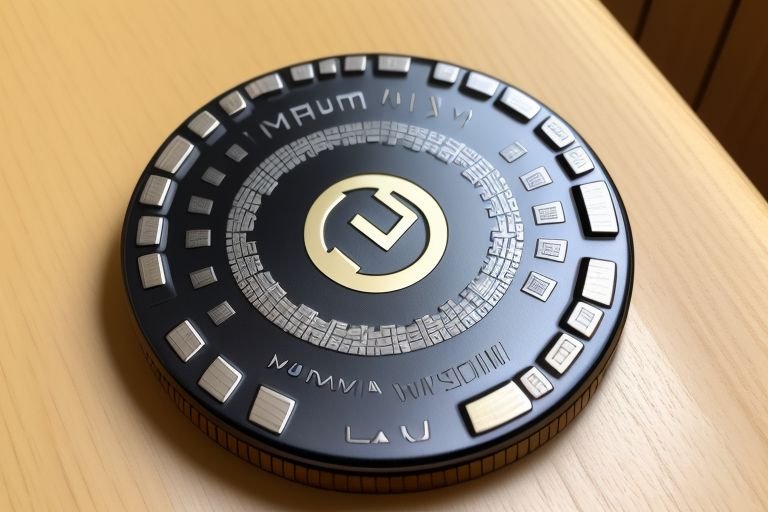

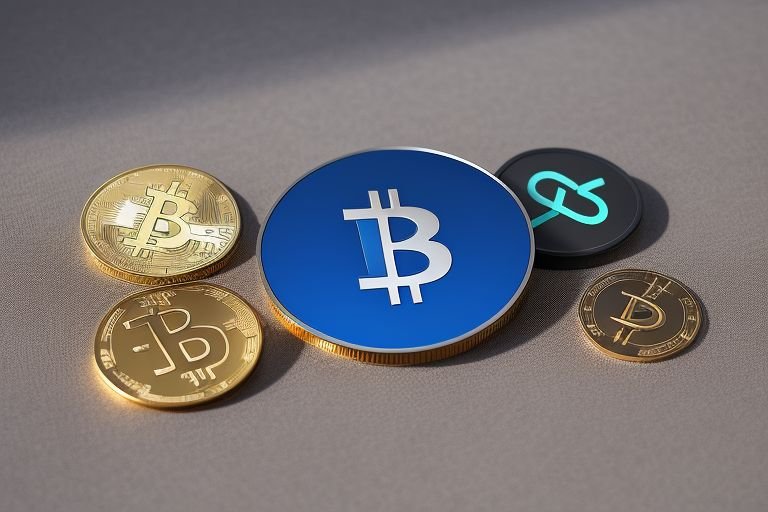

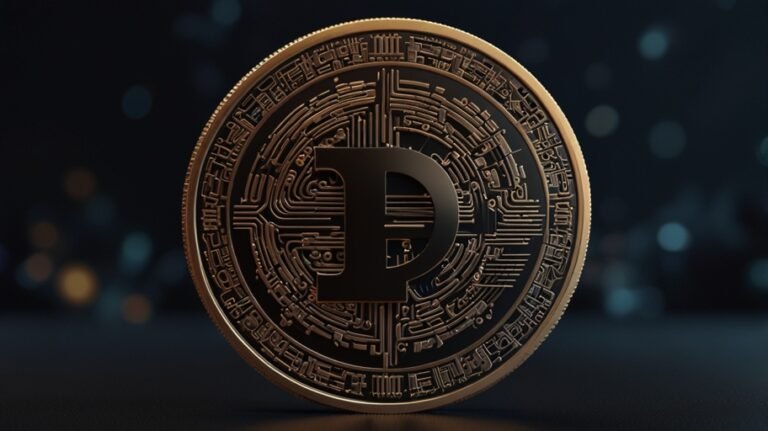
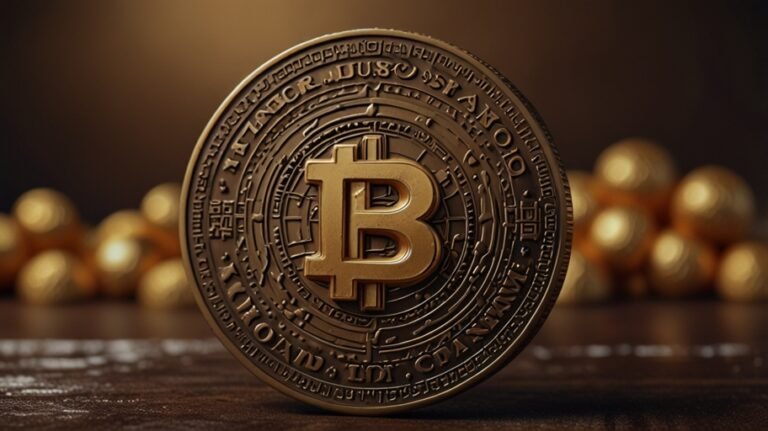



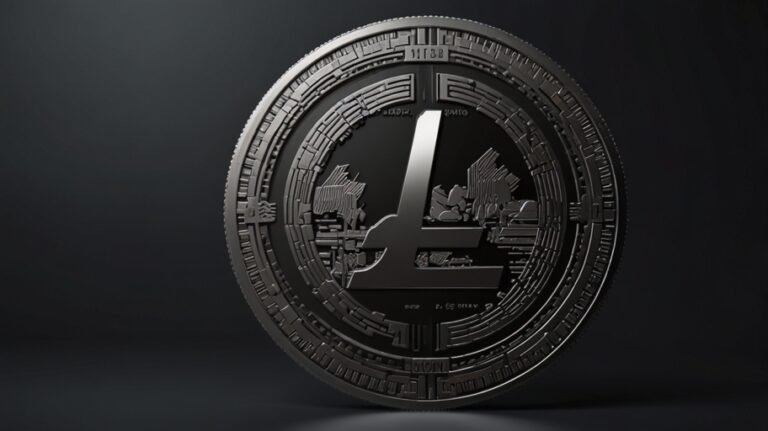


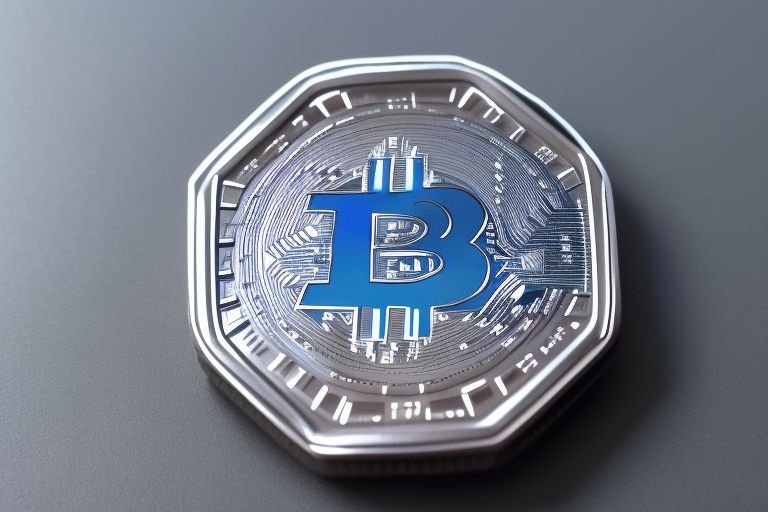

+ There are no comments
Add yours